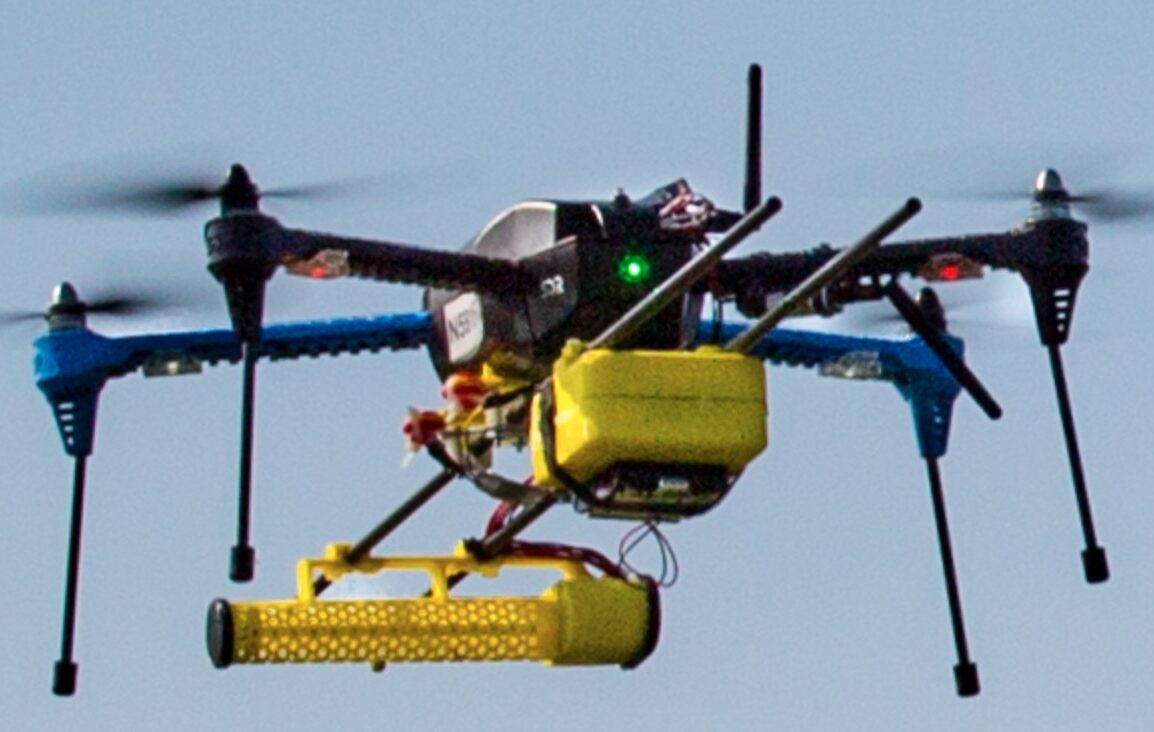
Quantification of Methane Emissions
There are over 3,000,000 kilometers of gas pipelines worldwide – much of it aging and leak-prone. Oil and Gas companies are losing billions of dollars annually through leaks, third party intervention, environmental damage and public relations debacles.
Efficient methane leak detection is required:
- Current leak detection techniques are unreliable and expensive
- Based on recent pipeline disasters, regulators in the US and globally are mandating active leak detection systems
Our Approach
Methane gas pipeline and installation leaks pose a serious problem in the oil and gas producing world. For example, a gas pipeline explosion on October 30th, 2020 in southern Iraq killed 3, injured 51, and resulted in millions of dollars in damage. Based on recent pipeline disasters, regulators in the US, the European Union and elsewhere are mandating active leak detection systems.
The gas pipelines are distributed over 120 countries. Each pipeline can be thousands of kilometers long, often running through desolate areas. Much of this infrastructure is old and decrepit, creating increased risk of pipeline leaks. The inspection and repair of these vast networks of pipelines is a monumental task.
The leading methods of methane pipeline leak detection are expensive, labor intensive, and inaccurate. SkyData Air & Space will provide a much more accurate and cost-effective methane leak detection service using, for example, an Open Path Laser Spectrometer on rotary and fixed wing drones.